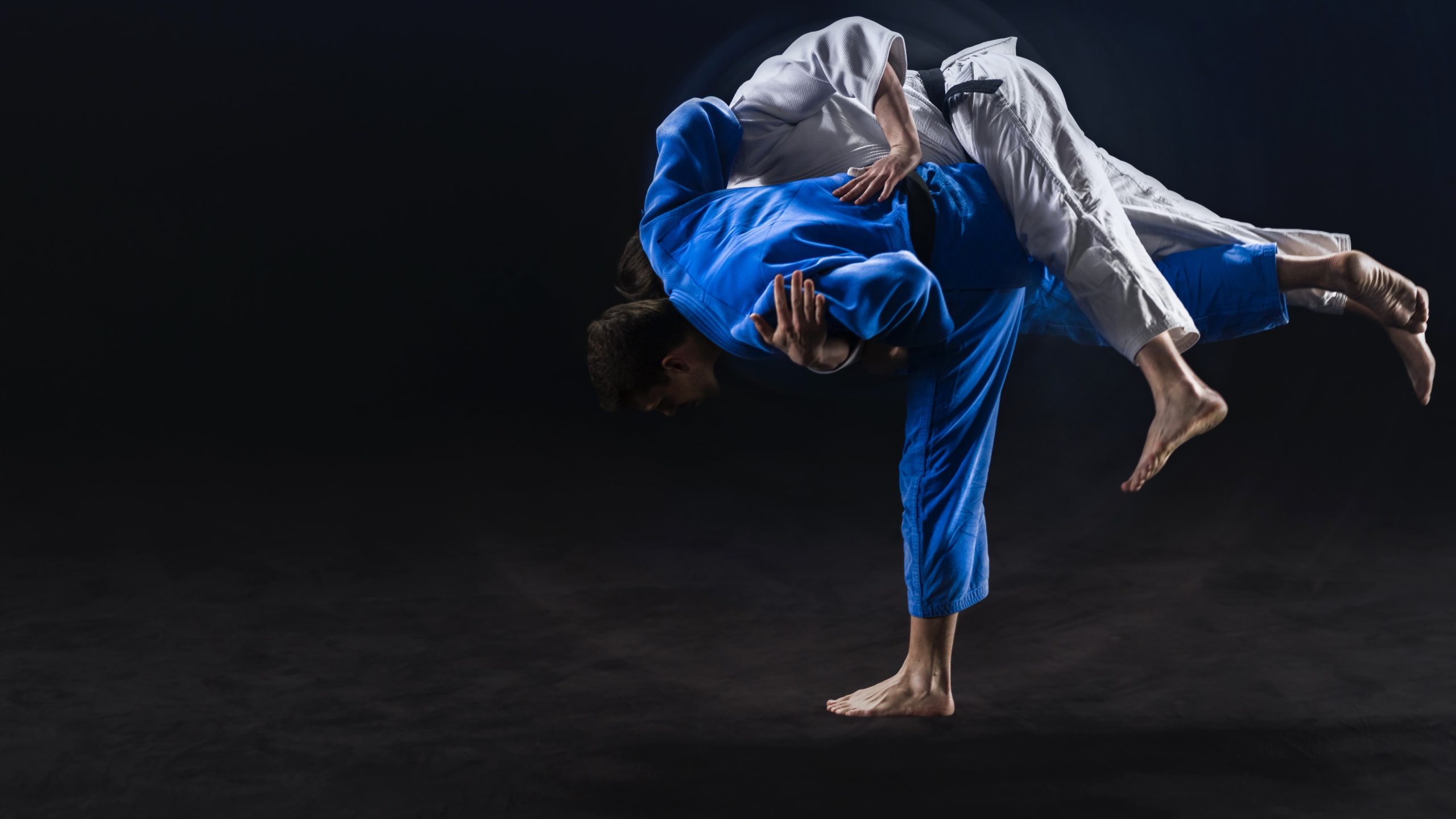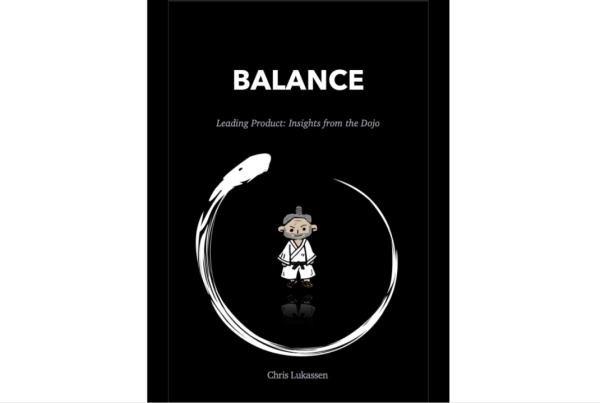Imagine yourself as a child, pushing really hard against a door, when your sibling suddenly pulls it open. You lose your balance and fall forward into the room. You get angry at your sibling and perhaps you even start crying. It doesn’t cross your mind, of course, that you threw yourself to the ground by pushing against that door. Or rather than pushing, perhaps you were pulling back with all your strength on a recalcitrant root in your back yard when the root suddenly snapped. You learned that day, through direct physical experience, something very useful, albeit quite narrow, about balance and momentum.
Accurate or not, the story of Isaac Newton coming up with the concept of gravity after being hit by a falling apple illustrates this in a way that is accessible to many: From an apple falling perpendicular to the ground (or his head), to the theory of universal gravitation; from original insight to detailed equations that allow us, hundreds of years later, to put spacecrafts in orbit around our own planet and others. An insight can find application far beyond what was initially contemplated.
Insights gained from physical experience are not just useful for science and engineering. In the course of living our lives, we all pick up lessons and insights from physical experience. But most of us don’t pause to reflect on the principles at play underneath those experiences and how they may apply more generally. This is something that traditional martial arts like judo, The Gentle Way, teach us to do.
In judo, for instance, one learns to give way rather than oppose force against force. If your opponent pushes you back, break her balance forward, using her own momentum to throw her to the ground (like opening a door suddenly). To secure an advantage against an opponent who is pushing you, and especially a stronger opponent, giving way or yielding is inherently more efficient and effective than trying to push back with brute force.
It takes a lot of time to really learn this at a deep level because it doesn’t come naturally to us. When something resists us, the natural reaction is often to apply even more force, rather than look for a more efficient approach. “Maximum effort, minimum efficiency”, I like to say. I see this all the time with less experienced judokas, who go rigid and try to overpower their opponents through sheer strength, rather than using the principles of balance, leverage and momentum to their advantage. To them, yielding in any way is a form of defeat, like an admission that the other player is stronger than them. A demonstration of weakness.
But of course, giving way in the right way, to gain an advantage, far from being a demonstration of weakness, is a demonstration of skill and wisdom. To have the will to fight is one thing. How you choose to fight is another.
Against a more experienced fighter, using strength never ends well, even if you’re the stronger of the two. Despite being thrown and thrown and thrown, some students fail to see this. They can apply techniques statically – they understand the principles well enough for that – but they can’t apply them in a dynamic setting, during a fight. Their body hasn’t learned the principle, but neither has their mind. Like I said, it takes time and practice. But once you really feel it…
More interesting than being able to apply a principle like giving way in a narrow physical sense is to be able to apply it more generally – like going from the fall of an apple to putting satellites in orbit.
Giving way to secure an advantage can apply to all parts of life. In business, a small company might choose to cede some ground to a well-entrenched player and pursue a market niche that the larger company is not equipped to serve effectively, in a way that would require too much change for the larger company to execute. Trying to capture market share through brute strength, by going head-to-head with the larger player, would be doomed to fail. Giving way and pursuing a path of least resistance may allow the smaller player to thrive in its chosen market until such a time that the larger player can be made irrelevant in the broader market. Conserve your energy and apply it in a way that will have the maximum effect.
Giving way can also apply in negotiations of all kinds. This can be very difficult because here again, most people are conditioned to see giving way as a form of defeat, when in fact it is in the moment you give way that you often secure the critical advantage required to achieve your goals. Wisdom lies in seeing this and being able to apply it in a variety of contexts. That’s why traditional martial arts are known as systems of embodied wisdom rather than just fighting systems.
It’s one thing to understand such things at a purely intellectual level, and another to know them to be true, in your body. I often say that over forty-five years of practice, judo has formatted my brain in ways that continue to surprise me. That is the way of embodied learning: teach the body to teach the mind, at a deep level.
By the same author:



